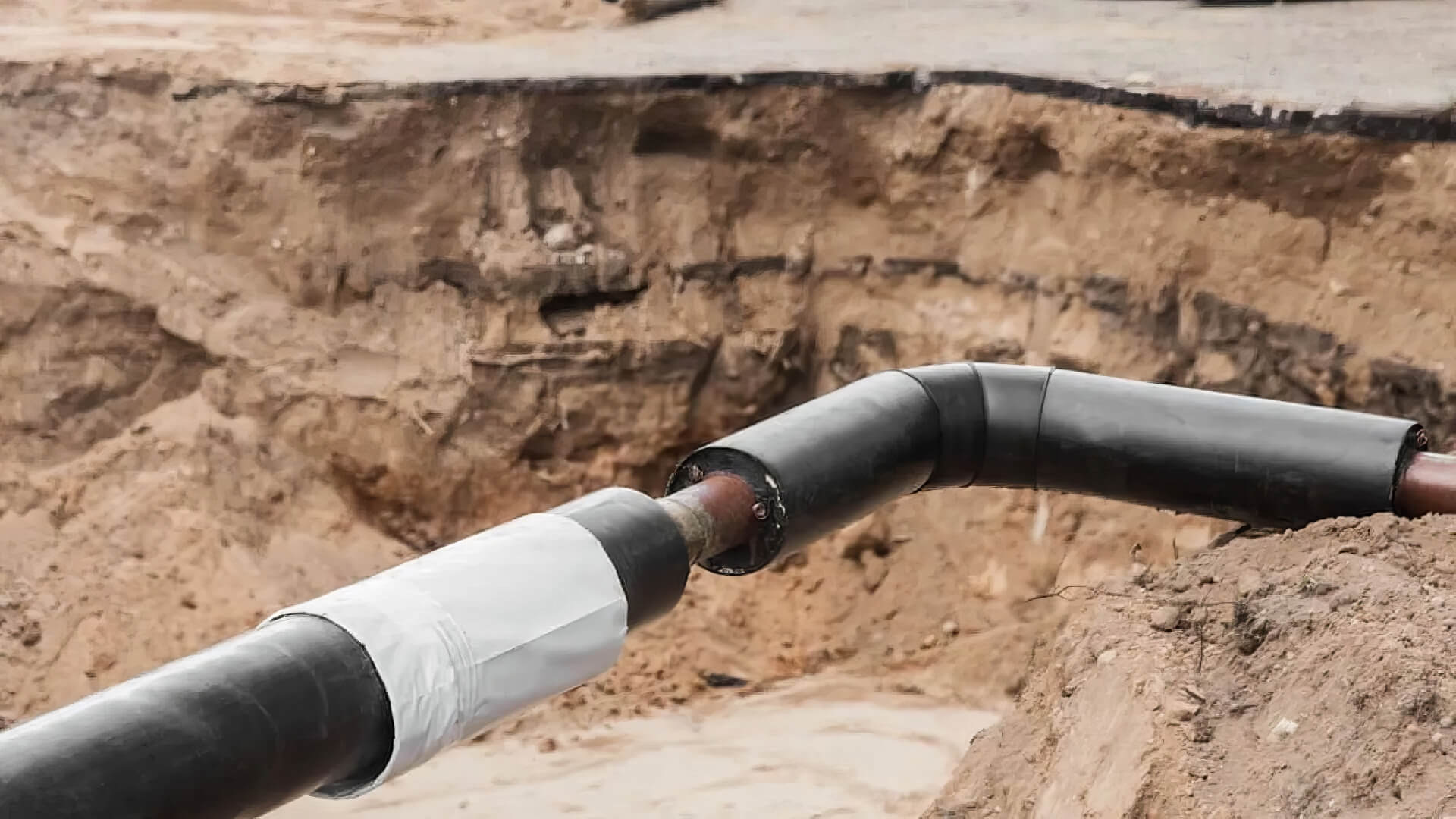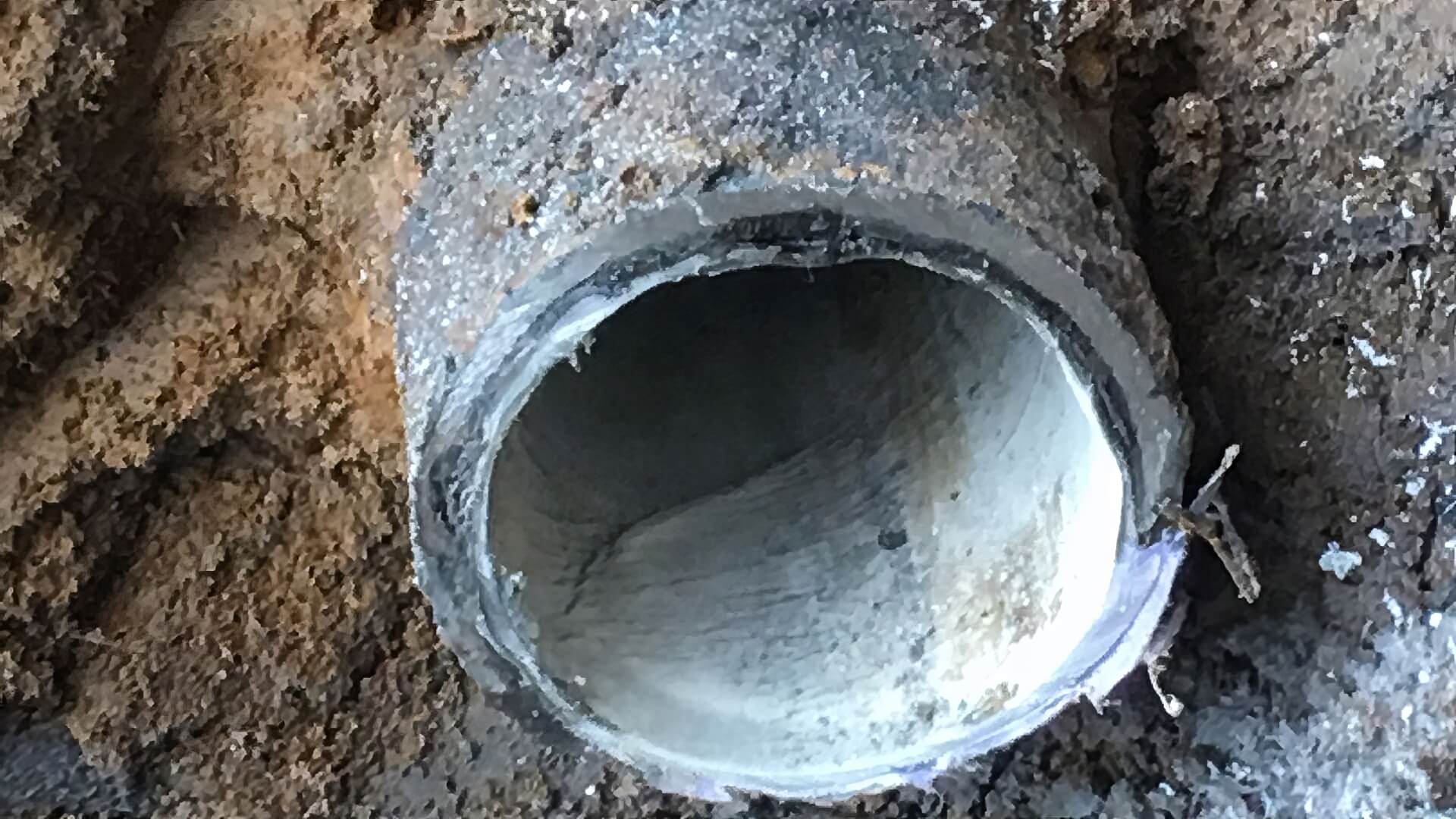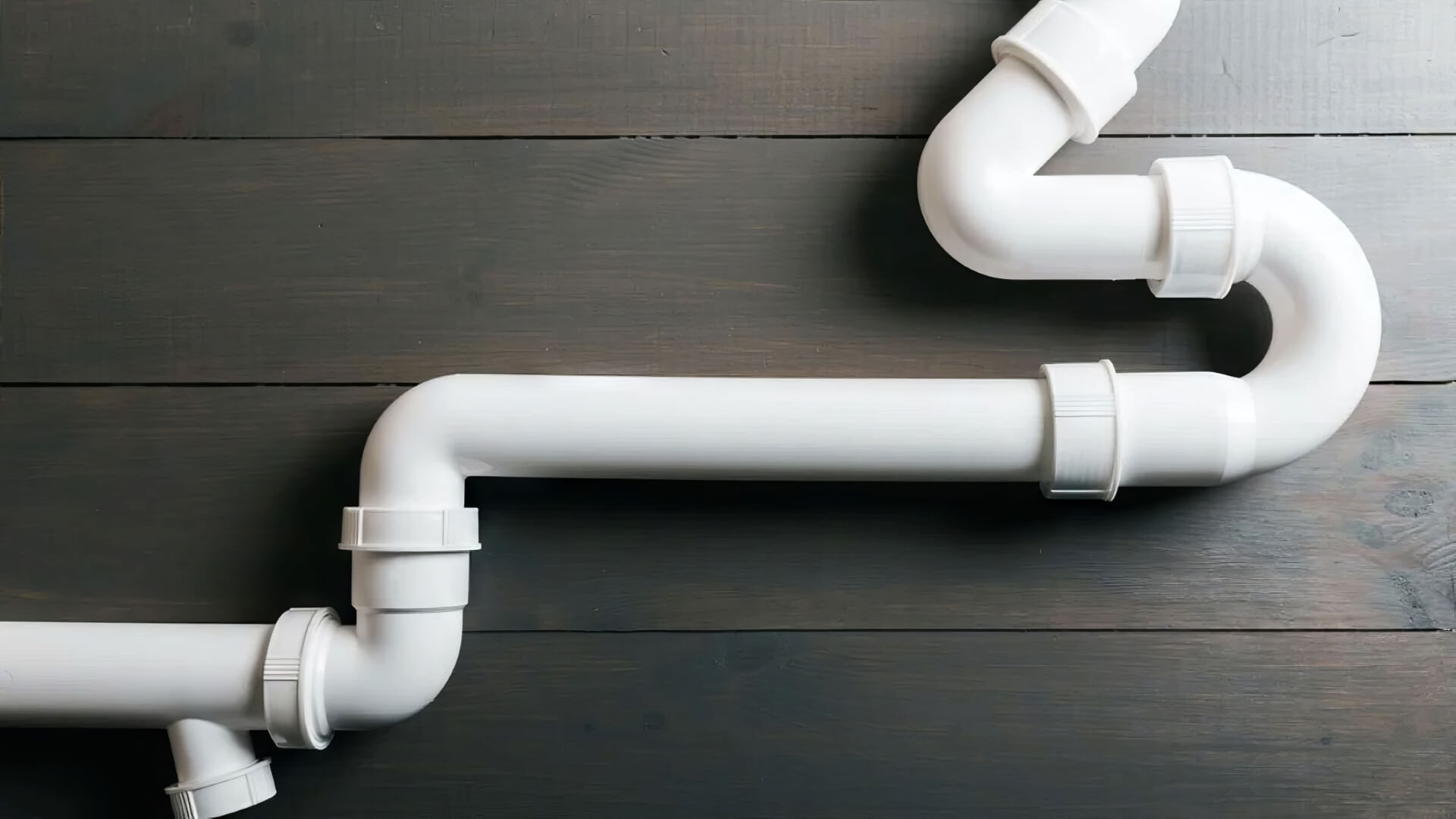Early Civilizations Developed Basic Drainage Systems
Drainage systems have existed for thousands of years, originating out of necessity for sanitation and irrigation in ancient civilizations.
One of the earliest and most sophisticated drainage systems was developed in the Indus Valley between 3300-1300 BC by the Harappan culture. One of the earliest and most sophisticated drainage systems was developed in the Indus Valley between 3300-1300 BC by the Harappan culture.
Other early civilizations also realised the importance of diverting rainwater and sewage away from living areas. Other early civilizations also realised the importance of diverting rainwater and sewage away from living areas.
Around 1500 BC, Minoan Crete utilised terra cotta piping to help control water. These early drainage systems demonstrate how vital water management was even to ancient societies.
Examples of Drainage Systems Built by Ancient Cultures
Drainage systems were vital to the development of ancient civilizations all over the world.
The ancient Romans were renowned for building elaborate drainage and sewer systems starting in the 1st century AD to help control rainwater runoff. They constructed channels lined with stone and used terra cotta or lead piping to direct waste and stormwater away from city streets and buildings.
The Indus Valley civilisation also had sophisticated drainage between 3000 - 1500 BC. Excavations at major cities like Mohenjo-Daro revealed drainage channels and chutes used to divert wastewater. Large-scale drainage systems helped early cities maintain sanitation and clean water supplies for their growing populations.
Transition to Underground Sewers in Urban Areas
As cities grew more populated during industrialisation in the 18th and 19th centuries, drainage and sewer systems needed upgrading to handle increased waste. Open gutters lining city streets could no longer efficiently carry away stormwater runoff and sewage from urban centres. There was also concern over sanitation and foul odours from street-level systems.
This led to the development of underground sewer networks to more effectively channel wastewater away from populated areas. Early underground systems used brickwork and masonry, but new pipe materials like cast iron and reinforced concrete enabled durable enclosed sewers. By the mid-19th century, cities like London, Paris and Hamburg had extensive underground sewage networks.
Today, urban planners continue to develop ever more elaborate underground sewer systems to meet the needs of growing metropolitan populations and buildings. Modern networks are constructed from materials like PVC plastic for longevity, with waste eventually flowing to treatment plants before discharging into waterways.
London’s Sewer System After the Public Health Crisis
London underwent a major overhaul of its sewer system in the late 1800s following a devastating public health crisis. In the 1850s, the city was afflicted by a series of cholera outbreaks that killed tens of thousands of people.
These epidemics were linked to the outdated and inadequate sewer system that had become woefully insufficient for the needs of London’s rapidly growing population.
At the time, raw sewage from cesspools and basements was often dumped directly into the River Thames, contaminating the main water source for Londoners. The 'Great Stink’ of 1858, caused by the incredibly foul smell of the Thames during a hot summer, finally pushed reform and investment into a modern city-wide sewer system.
Engineer Joseph Bazalgette was appointed to develop and construct the new sewer network for London. He also built embankments along the Thames to contain the sewage outflows.
His ingenious design directed London’s sewage downstream from the city centre into interceptor sewers that fed into treatment outflows. By 1865, London had over 1300 miles of underground brick sewer pipes creating the world’s most extensive sewer system at that time.
The construction of this pioneering underground sewer network helped eliminate the cholera outbreaks by preventing drinking water contamination. It proved a landmark public health achievement for the city of London.
Treatment Plants Built to Process Waste Before Discharge
As drainage systems evolved to carry waste away from cities, it became clear that the waste also needed proper treatment before being discharged into natural waterways. By the late 19th century, filtration systems and treatment plants were being incorporated into city sanitation plans.
Early treatment plants utilised sand filters and settling tanks to remove solids and particulates from liquid waste. Chlorine disinfection was also introduced to help kill pathogenic bacteria. These basic treatment processes significantly improved the quality of discharged effluent.
Today, sewage treatment facilities utilise far more advanced processes.
Primary treatment screens solids and settles particulate matter, then secondary treatment uses microbes to consume organic matter. Many plants also have tertiary treatment involving filtration, nutrient removal, disinfection and other methods. Modern plants can treat huge volumes of wastewater to high standards before safely releasing it back into the environment.
The development of advanced sewage treatment capabilities has massively reduced the environmental impacts associated with discharging human waste. It has played a key role in allowing the expansion of sewerage systems globally while protecting ecosystems and public health.
Advancements in Pipe Materials and Construction
Drainage pipes have evolved considerably over the past century thanks to advancements in materials science and manufacturing. In the early 20th century, cast iron was the predominant material used for sewer pipes. By mid-century, concrete, fibreglass and asbestos cement pipes gained use, offering improved durability and corrosion resistance.
Though strong, cast iron is heavy, brittle and prone to corrosion.
One of the most important innovations was the development of polyvinyl chloride (PVC) plastic piping in the 1950s. It also has smooth surfaces that reduce friction and allow for higher flow rates compared to traditional rough textured metal pipes.
PVC is lightweight, flexible, durable and highly resistant to chemicals. The introduction of PVC fundamentally transformed drainage system design.
Today, PVC is the most common material used for drain pipes worldwide. Other plastics like polyethylene (PE) are also sometimes used.
Its low cost, ease of installation, durability and flow efficiency make it an ideal choice. Advanced joining methods like electrofusion welding create strong, leak-free joints between plastic pipe sections.
Modern drainage systems also utilise sophisticated trenchless technologies for pipe installation. CCTV drainage inspection further enhances maintenance and repairs.
Techniques like pipe bursting allow existing pipes to be replaced without excavation. Continued innovation in pipe materials and construction techniques will drive future improvements in drainage systems.
Clay to Concrete: Improved Durability
Clay piping was extensively used in early drainage systems, but had limitations for larger urban sewer networks. Although clay is durable, it is brittle and can crack under pressure. Concrete presented a longer-lasting and more resilient alternative for underground drainage pipes.
Reinforced concrete introduced in the early 20th century is much better at withstanding heavy static and water pressure loads without damage. Concrete pipe reinforcement helps accommodate soil and traffic above, while resisting corrosion from sewage flows within. Concrete’s compressive strength also makes it more rigid and able to maintain flow volumes.
Concrete piping also has superior resistance to chemical attack from the hydrogen sulphide gases common in sewers. And unlike clay’s smooth surface, concrete’s roughness slows wastewater flow, reducing pressure variations and potential pipe damage.
Today concrete is the premier material for durable, large-scale municipal drainage and sewage systems. Developments like steel fibre reinforcement and polymer linings give modern concrete pipe exceptional longevity and abrasion resistance exceeding 100 years.
Modern Systems Use Sustainable Practices
Today’s drainage systems aim to be environmentally sustainable, protecting water quality while reusing resources. Today’s drainage systems aim to be environmentally sustainable, protecting water quality while reusing resources. Some facilities generate energy from wastewater using biogas or heat exchange. Some facilities generate energy from wastewater using biogas or heat exchange. Permeable pavements allow groundwater recharge.
Many cities now emphasise green infrastructure by integrating vegetation, wetlands and rain gardens into drainage networks to filter runoff.
Water-sensitive urban design focuses on water conservation, especially in arid regions. Smart technologies help monitor flows and pipe condition, enabling early leak detection.
This involves measures like wastewater recycling, xeriscaping with drought-tolerant plants and reducing impervious surfaces. Drainage systems increasingly employ a decentralised approach with localised biofiltration and reuse systems.
Sustainability initiatives make modern drainage networks cleaner and more resource efficient. But constant innovation and investment is still needed to upgrade ageing infrastructure and meet growing populations. The future focus is systems that mimic natural hydrology for improved pollution control and liveability.
Water Reuse and Energy Generation
As drainage systems have modernised over time, there has been an increasing focus on sustainability practises like water reuse and energy generation. Water reuse involves capturing wastewater or stormwater and treating it to a standard suitable for non-potable purposes like irrigation, industrial processes or toilet flushing.
This helps conserve drinking water supplies and reduces discharge volumes. Greywater recycling systems onsite at residential or commercial buildings are an example.
Energy can also be harnessed from wastewater flows by installing technologies like micro turbines or heat exchangers at treatment plants. This biogas (mainly methane) can fuel boilers, steam turbines and gas engines to generate electricity and heat.
The kinetic energy of moving water is used to generate hydroelectric power. The kinetic energy of moving water is used to generate hydroelectric power. Technologies that extract thermal energy from sewage can also heat and cool buildings.
Implementing water reuse and energy generation systems requires upgrades to infrastructure.
But the benefits are multifold - they reduce freshwater drawn from natural ecosystems, decrease discharge volumes and pollution, generate renewable energy, and save money for utilities and ratepayers. As cities work to enhance sustainability and resilience, abundant wastewater is being seen more as a resource to conserve rather than waste.






